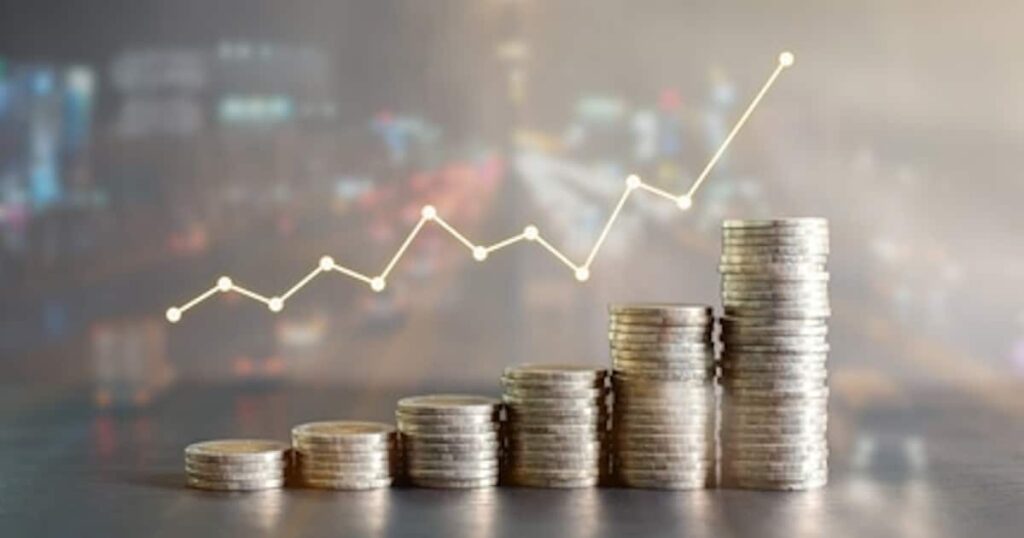The #1 Stock for the World’s Energy Crisis
There has been a series of flawed assumptions followed by lousy planning from the governments of the world as they have continued their push to reduce carbon emissions by replacing current energy sources with renewables, primarily wind and solar.
This discussion will not take the path you may be imagining.
The enormous and wrong assumption is that we must build renewable production to replace carbon-based energy sources. So far, that has not come to pass.
Here’s what the “energy transition” will actually look like – and how income investors can profit from it…
This quote from Manhattan Institute Senior Fellow comes from a recent Wall Street Journal article:
Mr. Mills asks readers to “consider that years of hypertrophied rhetoric and trillions of dollars of spending and subsidies on a transition have not significantly changed the energy landscape.”
Civilization still depends on hydrocarbons for 84% of all energy, a mere two percentage points lower than two decades ago. Solar and wind technologies today supply barely 5% of global energy. Electric vehicles still offset less than 0.5% of world oil demand.
Mr. Mills explains that energy consumption continues to grow with the increasing technology we use. It takes 1,000 times more energy per pound to produce products of the digital age compared to what we manufactured in the 20th century. Put another way, it takes as much energy to produce a smartphone as it does to manufacture a refrigerator.
The proponents of a massive push for carbon-free energy underestimate the amount of power the world will demand as technology becomes a more significant part of the economy. Also, vast swaths of the world will need massively more energy to move from third-world status to second- or first-world. Mills notes that more than 80% of the world’s population has not been on an airplane flight.
My reading of this and the rest of the article points out that to transition to renewable energy that works, renewables must be the majority of new energy. Still, they cannot be used to replace the current carbon-based base energy level. Oil, coal, and natural gas are currently the most reliable energy sources, and current renewable technologies cannot match the transport and storage features of these carbon-based energy sources.
Unfortunately, global leaders will need to be smacked with freezing, starving citizens before they shift gears on the idea of pushing renewables to replace carbon fuels. That smack may come this winter in Europe. In Germany electricity costs 1,000% more than it did a year ago. In England, many restaurants will close for good because they cannot afford that country’s energy costs.
From an investing angle, I am always looking for renewable energy companies that are profitable and pay growing dividends. NextEra Energy Partners (NEP) is a great example and has been a long-term holding in my Monthly Dividend Multiplier portfolio.
Also, because of the political climate (and the climate climate), I expect crude oil and natural gas prices to stay high. This means traditional energy companies will remain profitable and be able to pay big dividends. In recent months, I have added two new oil and gas royalty companies to my Dividend Hunter portfolio. I expect these will do very well for my subscribers.
But using them, I can beat the market 2-to-1 while collecting 2-10X MORE yield from regular dividend stocks.I learned this trick while I was rubbing elbows with some of the biggest fund managers in US history. They too are buying these little known funds, cashing in huge discounts and collecting income while they do it.Click here to learn the secret yourself.
The #1 Stock for the World’s Energy Crisis Read More »










